Heart disease is the leading cause of death worldwide, but it does not affect men and women in the same way. While many people associate heart disease with men, it is equally—if not more—dangerous for women. Understanding these gender differences is crucial for early detection, prevention, and treatment.
Symptoms Can Differ Between Genders
One of the most significant gender differences in heart disease is how symptoms present. Men typically experience the classic signs of a heart attack, such as chest pain or pressure, shortness of breath, and pain radiating down the left arm. Women, however, may experience more subtle symptoms, including nausea, dizziness, fatigue, shortness of breath, and back or jaw pain. Because these symptoms are often mistaken for less severe conditions, women are more likely to have their heart disease overlooked or misdiagnosed.
Risk Factors and Biological Differences
Both men and women share common risk factors for heart disease, such as high blood pressure, high cholesterol, smoking, and obesity. However, some risk factors affect women differently or more significantly. For example, diabetes poses a higher risk for heart disease in women than in men. Hormonal changes, particularly after menopause, also increase women’s risk. This is because estrogen has protective cardiovascular effects that decline with age. Additionally, conditions like polycystic ovary syndrome (PCOS) and pregnancy-related complications (such as preeclampsia or gestational diabetes) can elevate a woman’s risk of developing heart disease later in life.
Delays in Diagnosis and Treatment
Women are often diagnosed with heart disease later than men, partly due to the difference in symptoms and the historical misconception that heart disease primarily affects men. Studies have shown that women are less likely to receive aggressive treatment such as angioplasty or bypass surgery. They are also more likely to be prescribed lifestyle changes rather than medication. This delay in treatment can lead to worse outcomes for women.
Closing the Gender Gap
Raising awareness of these gender differences is essential to improving heart disease prevention and treatment for both men and women. Women should advocate for their health, recognize the warning signs, and seek medical attention if something feels wrong. Healthcare providers must also be aware of these differences to ensure accurate diagnoses and effective treatments for all patients.
Heart disease does not discriminate, but understanding how it affects men and women differently can save lives. Prioritizing heart health through a balanced diet, regular exercise, and routine medical checkups is vital for everyone.
Wear Red Canada is celebrated annually across Canada on February 13th to raise awareness about women’s heart health. Events are held across the country to serve as a reminder for all people in Canada. It is especially a reminder for women to be mindful, curious, and proactive in the management of our heart health and wellness.

Kathryn Davies
President Owner

